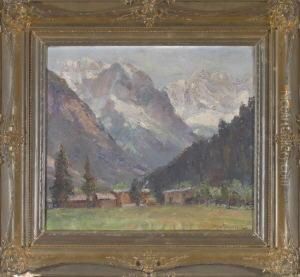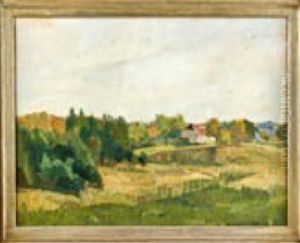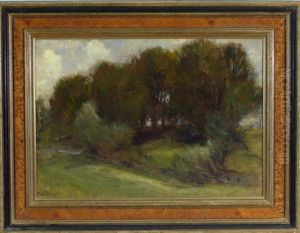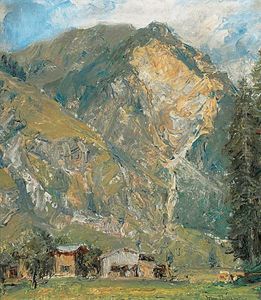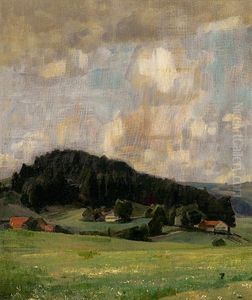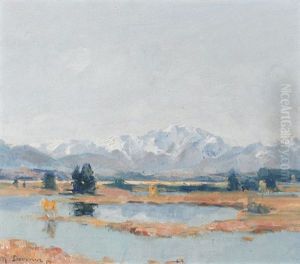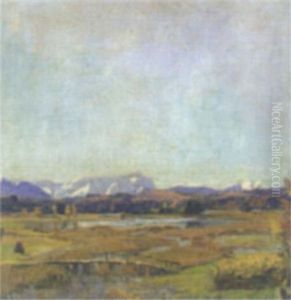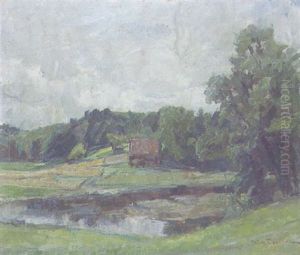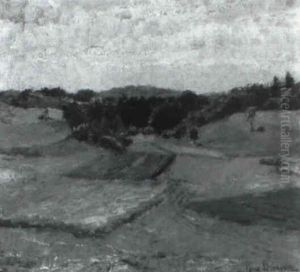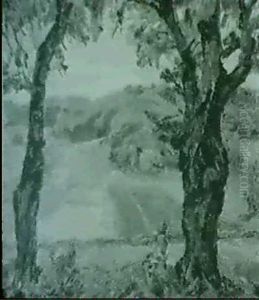Max Doerner Paintings
Max Doerner was a pivotal figure in the field of art conservation and a talented painter, born in 1870 in Augsburg, Germany, and passing away in 1939. His most significant contribution to the art world was his deep exploration into the materials and techniques of the Old Masters, which culminated in the publication of his book, 'The Materials of the Artist and Their Use in Painting, with Notes on the Techniques of the Old Masters' in 1921. This work has become a seminal text in the study of art techniques, conservation, and restoration, widely used by artists, conservators, and historians alike.
Doerner's academic journey began with his studies at the Munich Academy, where he trained under notable artists such as Ludwig von Löfftz and Paul Hoecker. His education and early career were deeply rooted in the practices and aesthetics of late 19th-century art, which was characterized by a strong emphasis on technical skill and historical methods. However, Doerner's lasting legacy would be his scientific approach to understanding the materials and methods of historical artworks.
Throughout his career, Max Doerner was not just a scholar but also a practitioner. He taught at the Munich Academy, where he founded the Doerner Institute in 1937, a facility dedicated to the study of art materials and conservation techniques. The Institute became, and remains, an important center for research in art technology and conservation, reflecting Doerner's commitment to the marriage of art and science.
Doerner's work emphasized the importance of artists' understanding their materials—ranging from the types of canvas and pigments used, to the chemistry of paints and varnishes. His book, often referred to simply as 'The Doerner', detailed historical techniques for creating art, offering insights into the longevity and preservation of paintings. He advocated for a scientific approach to art creation, arguing that a deep understanding of materials could aid modern artists in achieving both the aesthetic qualities and durability seen in the works of the Old Masters.
Despite his focus on the technical and scientific aspects of art, Doerner's own paintings, which are much less known than his research, show a keen sensitivity to color and form, embodying the very principles he taught. His legacy, however, remains most firmly anchored in his contributions to the preservation and understanding of historical art techniques. Through his teachings and his book, Max Doerner has had a lasting impact on both the creation and conservation of art, ensuring that the knowledge of the Old Masters continues to inform and enrich the work of future generations.
